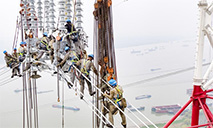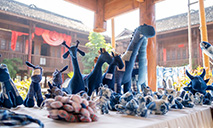Biding farewell -- a patient's diary at COVID-19 isolation facility in Hong Kong
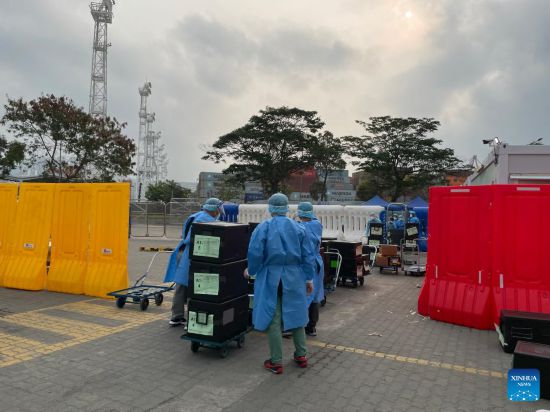
Cellphone photo taken on March 19, 2022 shows staff distributing breakfast for people under quarantine at the Tsing Yi community isolation facility in Hong Kong, south China. (Xinhua)
Editor's note: China's Hong Kong Special Administrative Region (HKSAR) has been fighting its worst wave of COVID-19 infections since the outbreak of the pandemic. A mainland-aided community isolation facility located in Tsing Yi started admitting its first batch of COVID-19 patients in Hong Kong on March 3. The facility, completed within just one week, is capable of accommodating about 3,900 asymptomatic or mildly ill patients.
A resident in Hong Kong hospitalized at the facility presents the first-person experience of how he, along with his new neighbors, feels about the facility and the epidemic. This is the last piece of the series.
HONG KONG, March 19 (Xinhua) -- After obtaining negative COVID-19 self-test results for two days in a row, I was finally qualified to be discharged from the isolation facility.
On the night before I left, I submitted a health declaration form, as required, to the Department of Health of the HKSAR government, and asked the staff for documentation of proof for my stay at the isolation facility in case of need. I then sent the photo of my negative self-test result to the staff and arranged my time of discharge.
Early in the morning of my day of discharge, I cleaned my room, packed my bags and finished all procedures before leaving the Tsing Yi community isolation facility.
From testing positive to fully recovering, I spent 10 days in the facility, during which I received care and support that I am very grateful for.
From my observations, the mainland-aided mobile cabin hospitals, or community isolation facilities, are still new to Hong Kong. Nevertheless, they are starting to play a more prominent role as Hong Kong and the mainland continue joint efforts in fighting the epidemic.
I saw many changes here -- the occupancy rate has increased to over 80 percent; occupants can register online before admission instead of via phone after admission; five meal options were available; bathrooms were updated according to the patients' needs ... I feel that the HKSAR government and the China State Construction International Holdings Ltd., the construction contractor, have been listening to feedback and are constantly improving their service quality and management capabilities.
The anti-epidemic efforts in Hong Kong bear the characteristics of "one country, two systems." The central government pools its resources and gives full support to the HKSAR, while Hong Kong has high standard public and private medical institutions and powerful non-governmental organizations. By bringing the strengths of both sides into play, Hong Kong will be able to overcome the epidemic.
Still, there is room for improvement with the mobile cabin hospitals. For instance, although the occupants are mostly with mild or no symptoms, they might be able to recover faster if there were residential healthcare workers in the facilities to provide timely medical assistance. The documentation for admission and recovery could also be made more formal, making it easier for recovered patients to obtain sick leave or use it when entering or leaving Hong Kong.
It has been proven that successful epidemic prevention in every place depends on sound advice from scientists and government decisions that fit the situation, as well as on mutual trust between the public and the government, as well as the patience of the people.
As Hong Kong is at a critical moment in the fight against the epidemic, let's once again carry on the Lion Rock Spirit and win this battle! ■
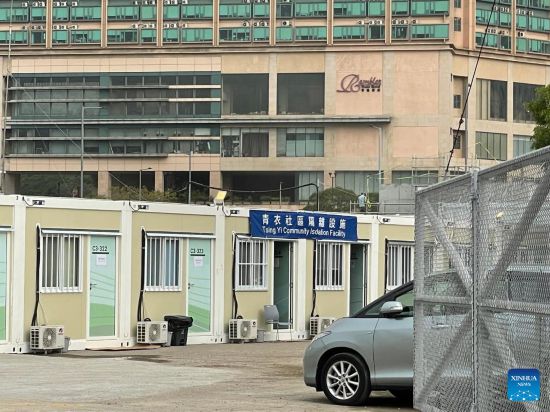
Cellphone photo taken on March 19, 2022 shows the Tsing Yi community isolation facility in Hong Kong, south China. (Xinhua)
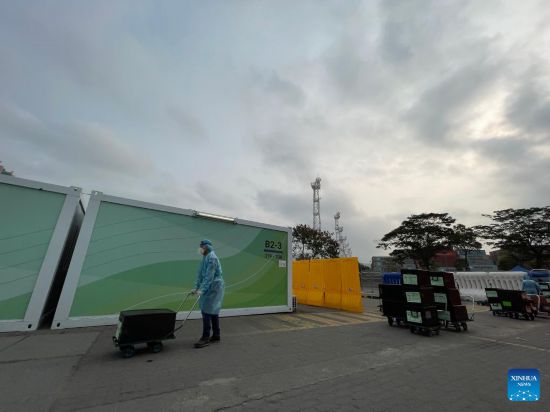
Cellphone photo taken on March 19, 2022 shows a staff member distributing breakfast for people under quarantine at the Tsing Yi community isolation facility in Hong Kong, south China. (Xinhua)

Cellphone photo taken on March 19, 2022 shows staff distributing breakfast for people under quarantine at the Tsing Yi community isolation facility in Hong Kong, south China. (Xinhua)
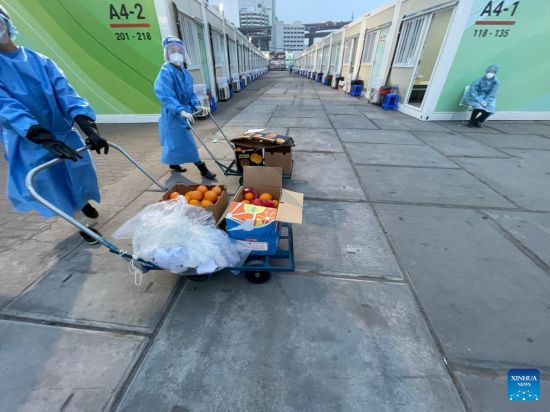
Cellphone photo taken on March 19, 2022 shows staff distributing breakfast for people under quarantine at the Tsing Yi community isolation facility in Hong Kong, south China. (Xinhua)

Cellphone photo taken on March 19, 2022 shows staff working at the Tsing Yi community isolation facility in Hong Kong, south China. (Xinhua)
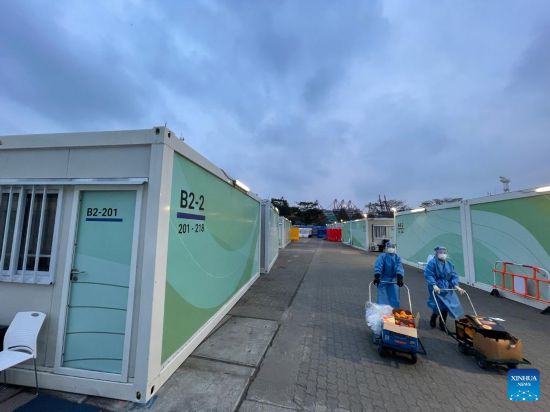
Cellphone photo taken on March 19, 2022 shows staff distributing breakfast for people under quarantine at the Tsing Yi community isolation facility in Hong Kong, south China. (Xinhua)
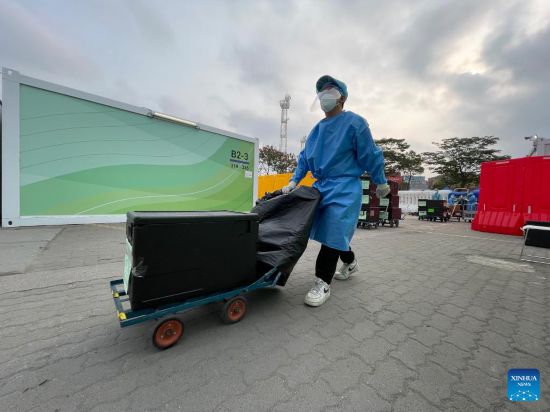
Cellphone photo taken on March 19, 2022 shows a staff member distributing breakfast for people under quarantine at the Tsing Yi community isolation facility in Hong Kong, south China. (Xinhua)
Photos
Related Stories
- 75 medical workers from Chinese Mainland to support HK in COVID-19 battle
- 4th mainland-aided COVID-19 isolation facility starts admitting patients in Hong Kong
- Sheung Shui Slaughterhouse resumes service after cleaning and disinfection
- Support pledged to help HK, Macao develop economy, improve people's wellbeing
- Six mln rapid antigen test kits sent to Hong Kong
Copyright © 2022 People's Daily Online. All Rights Reserved.








